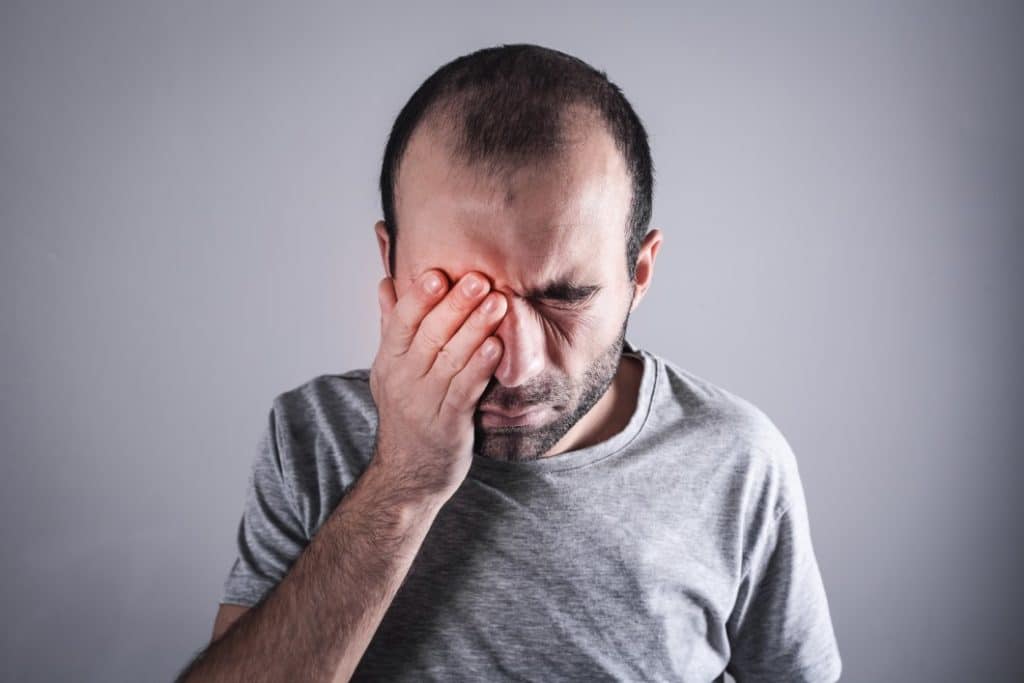

If your eye doctor recommends eye drops or artificial tears - make sure to use them as directed. A complete eye exam will allow the eye doctor to give you a diagnosis and start appropriate treatment, which can include prescription eye drops. If you start to have new symptoms - like blurry vision, redness, or eye pain - see an eye doctor for a complete eye exam. If you wear contact lenses, make sure you are cleaning and storing your lenses properly.ĭon’t share towels or other personal items that go near your face and eyes. Wash your hands often with soap and water. If you’ve recently been diagnosed with COVID-19, there are several things you can do to protect your eyes:Īvoid touching your eyes, as much as possible. What can you do to preserve your vision following a COVID-19 diagnosis? Making sure your mask fits snugly around your nose and mouth Using artificial tears to keep your eyes lubricated Some things you can do to help to prevent dry eye include: A loose mask lets air flow directly toward the eyes and evaporates your normal tears, causing dry eye. This usually happens if your mask is too loose. Wearing a mask is important for protection against COVID-19, but it can cause or worsen dry eye symptoms. That’s because when working at a screen or doing close-up work, we blink less often than we do during other activities.

Increased screen time during the pandemic can worsen dry eye. Dry eye can lead to damage to your cornea and vision over time. People with dry eye experience eye discomfort, blurry vision, and itching. Unfortunately, many of the changes we’ve made to stay safe from COVID-19 can cause dry eye. Can pandemic-related lifestyle changes contribute to eye problems? We may receive compensation when a user decides to leverage these services, but making them available does not influence the medical content our editorial staff provides. We also provide access to services offered by GoodRx and our partners when we think these services might be useful to our visitors. See our editorial policy for more detail. GoodRx Health information and resources is reviewed by our editorial staff with medical and healthcare policy and pricing experience. COVID-19 can cause bleeding and inflammation in the retina. Retinal changes: The retina is the back part of the eye that processes images. People with uveitis experience eye redness, sensitivity to light, and eye pain. Uveitis: Uveitis is inflammation of the front part of the eye. People with corneal nerve damage have an increased risk of eye infections and can get scars on their cornea.

COVID-19 can also make dry eye worse for people who already have the condition.Ĭorneal nerve damage: This can lead to blurred vision and eye pain. While COVID-19 conjunctivitis is the most common eye problem the COVID-19 virus causes, other conditions people develop include:Ĭhronic dry eye: COVID-19 can cause dry eye. What are the most common eye problems linked to COVID-19?Īmong people with COVID-19, 1 in 10 develop either COVID-19 conjunctivitis or another eye condition. They’ll also keep your eyes moist, which is important for the overall health of your eyes. Your healthcare provider might recommend artificial tear drops, which will help relieve some of your symptoms. The infection will go away on its own over time. There’s no medication that can cure COVID-19 conjunctivitis. You might notice these symptoms in one or both eyes. If you have COVID-19 conjunctivitis, you may experience:įeeling like something is stuck in your eye Like many other viruses, COVID-19 can cause conjunctivitis, or “pink eye.” This happens when the virus infects the outer layer of the eye called the “conjunctiva.” COVID-19 conjunctivitis is the most common eye problem the COVID-19 virus causes. Can COVID-19 cause an eye infection?ĬOVID-19 does cause an eye infection. Here’s what you should know about how COVID-19 infection can impact your eye health. But did you know that COVID-19 can also affect your eyes and vision? Current studies show that COVID-19 can affect all layers of the eye, starting at the cornea and ending at the retina. By now, we all know that COVID-19 affects important organs like the lungs and the heart.


 0 kommentar(er)
0 kommentar(er)
